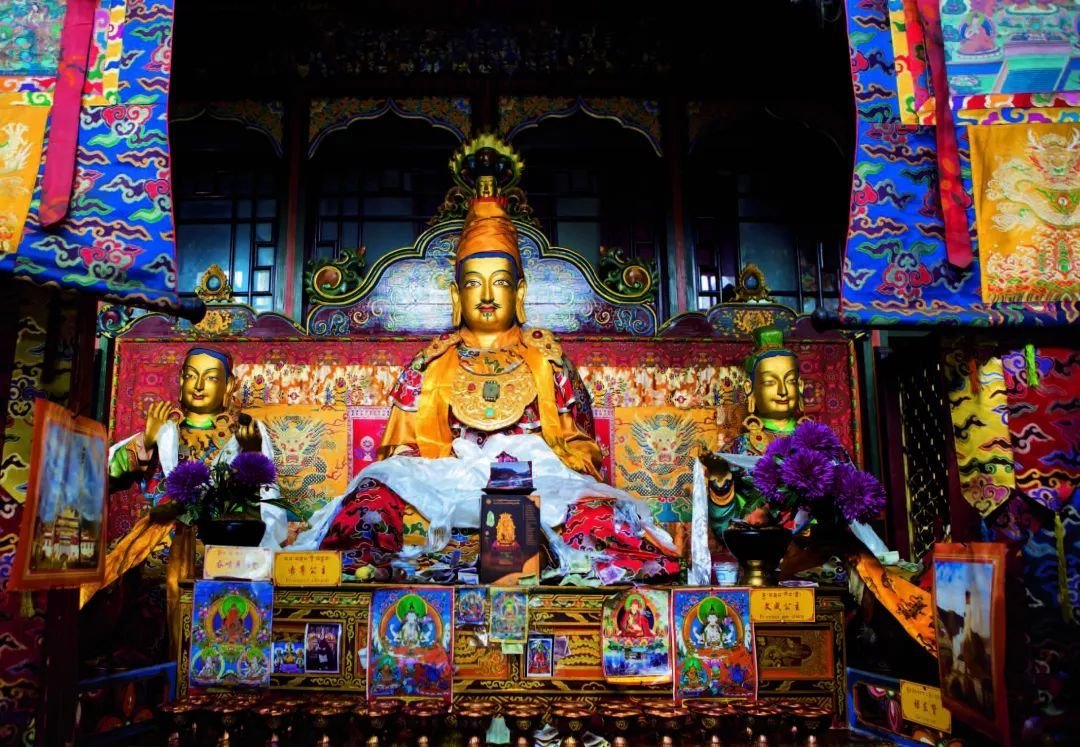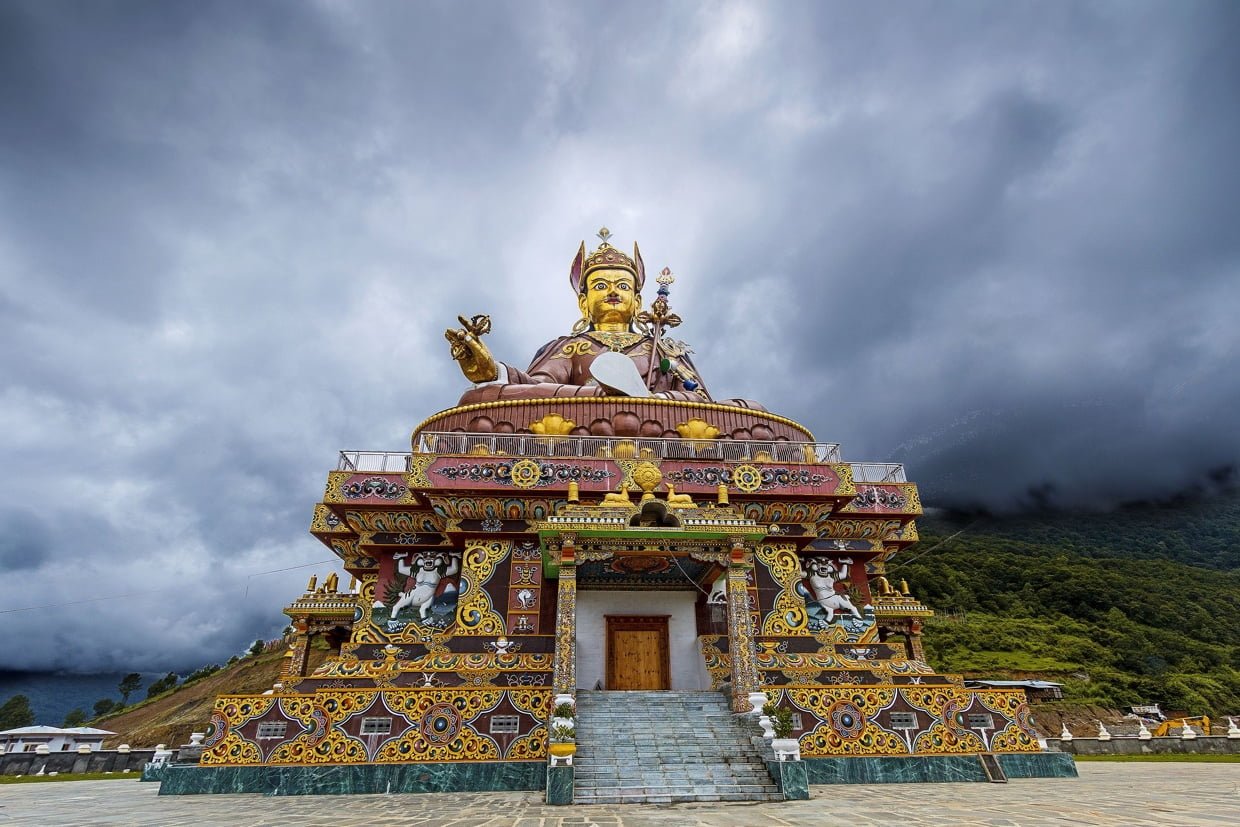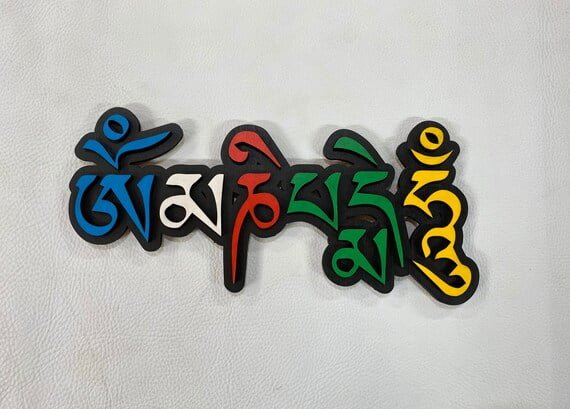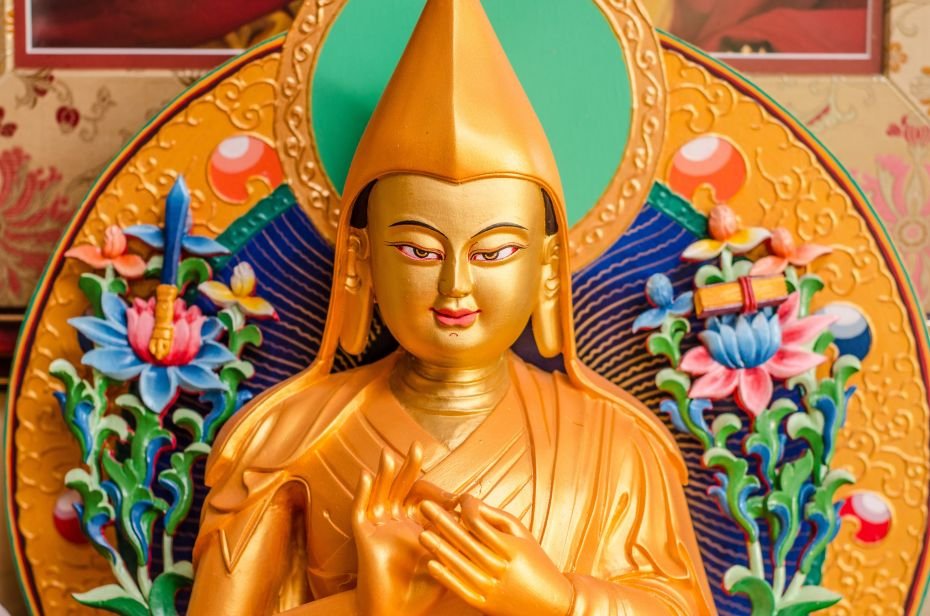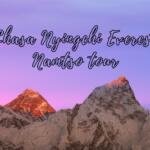Tibetan people
Tibetan Customs
Major Festivals in Tibet
Tibetan Language
- Tibet Tour Travel: Exploring the Mystical Land of the Himalayas
- Discover Tibet: The Roof of the World
- Everything You Need to Know About Tibet Travel Permits and Chinese Visas Now
- Your Ultimate Tibet Flight Adventure Guide – Schedules, Options, and Tips for Global Explorers!
- Discover the Tibet Trains: Connecting the Roof of the World
- Discover the Magic of Tibet: Customized Private Tours
- Best Tibet Travel Blog: Essential Travel Tips, Cultures and Attractions

